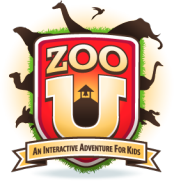Efficient and cost-effective implementation
Zoo U can be administered to many students at once. Students receive tutorials and directions as they play, requiring no need for counselor oversight.
Stealth assessment
While using Zoo U children aren’t aware they’re being evaluated, making them more likely to make choices that they would make in real life, as opposed to the socially desirable choices that plague traditional assessments.




